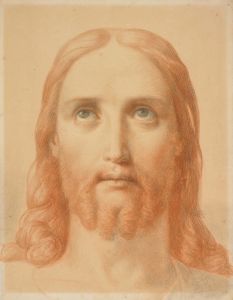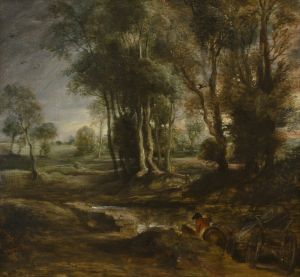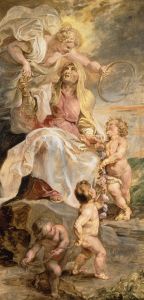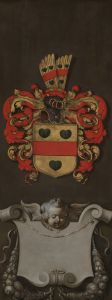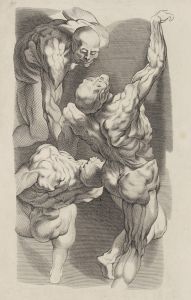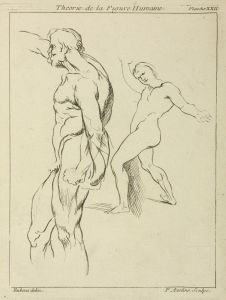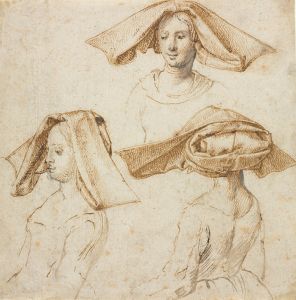
The Last Communion of Saint Francis of Assisi
A hand-painted replica of Peter Paul Rubens’s masterpiece The Last Communion of Saint Francis of Assisi, meticulously crafted by professional artists to capture the true essence of the original. Each piece is created with museum-quality canvas and rare mineral pigments, carefully painted by experienced artists with delicate brushstrokes and rich, layered colors to perfectly recreate the texture of the original artwork. Unlike machine-printed reproductions, this hand-painted version brings the painting to life, infused with the artist’s emotions and skill in every stroke. Whether for personal collection or home decoration, it instantly elevates the artistic atmosphere of any space.
Peter Paul Rubens' The Last Communion of Saint Francis of Assisi is a Baroque-era painting that depicts the deeply spiritual moment of Saint Francis of Assisi receiving his final communion before his death. The painting was created by Rubens, one of the most prominent and influential artists of the 17th century, known for his dynamic compositions, vivid use of color, and masterful ability to convey emotion and movement.
This work portrays Saint Francis, the founder of the Franciscan Order, in a moment of profound devotion and humility. He is shown kneeling, with his hands clasped in prayer, as a priest administers the Eucharist. The scene is imbued with a sense of divine presence, emphasized by the dramatic use of light and shadow, a hallmark of Baroque art. The figures surrounding Saint Francis, including monks and other attendants, display a range of emotional expressions, from reverence to sorrow, enhancing the narrative's emotional depth.
Rubens' depiction of Saint Francis aligns with the saint's reputation for piety, self-sacrifice, and deep connection to Christ. The painting captures the essence of the Counter-Reformation's emphasis on the sacraments and the importance of personal devotion, themes that were central to Catholic art of the period. The composition is carefully arranged to draw the viewer's attention to the central act of communion, with the figures and light converging on the Eucharist as the focal point.
The exact date of the painting's creation is not definitively documented, but it is generally attributed to Rubens' mature period, when he was at the height of his artistic powers. The work reflects his mastery of religious themes and his ability to convey complex theological ideas through visual storytelling.
The painting is housed in the Royal Museum of Fine Arts in Antwerp, Belgium, where it remains an important example of Rubens' religious works. It continues to be studied and admired for its artistic and historical significance, as well as its ability to evoke a powerful spiritual response.
This artwork is a testament to Rubens' skill in blending technical brilliance with profound emotional and spiritual resonance, making it a notable piece within the broader context of Baroque religious art.





